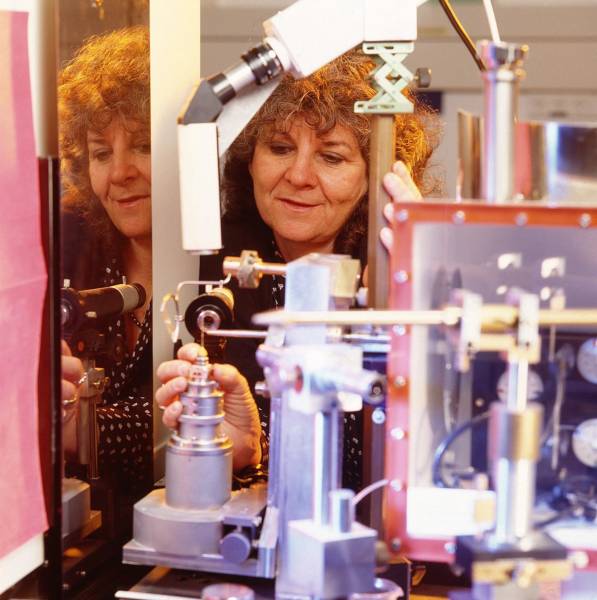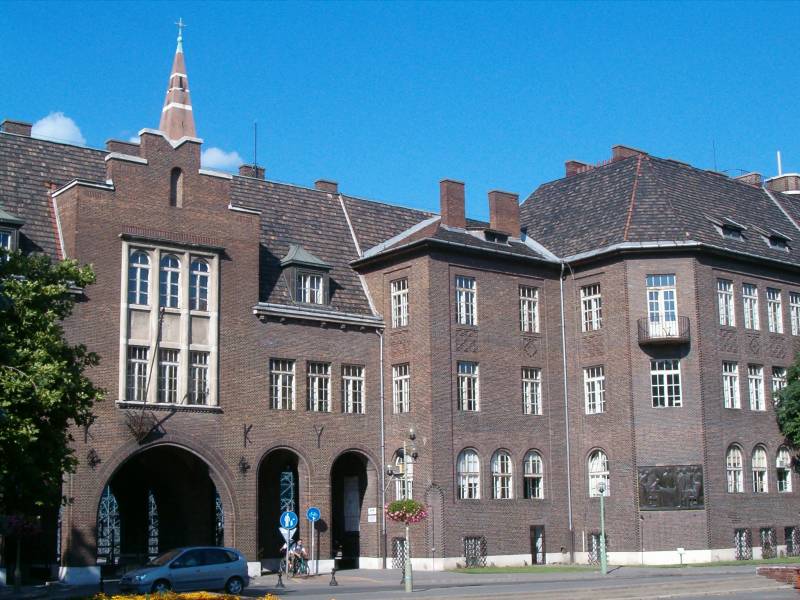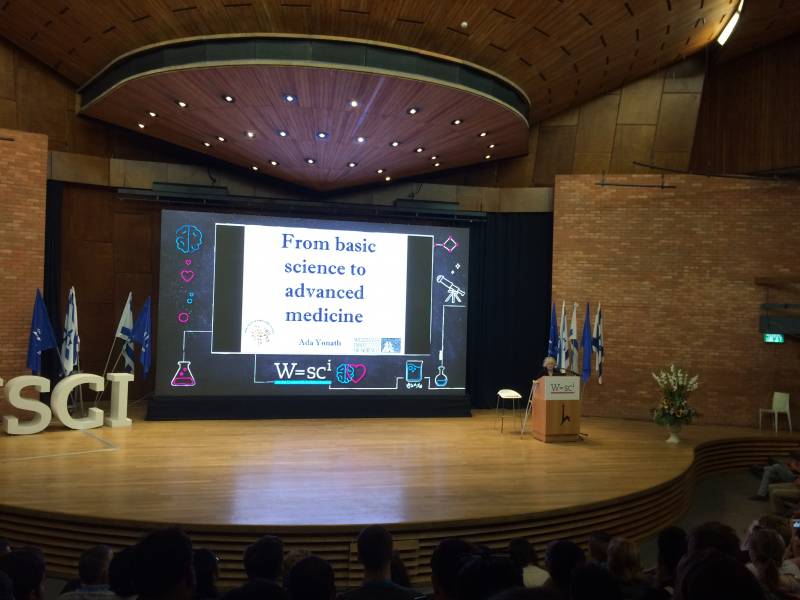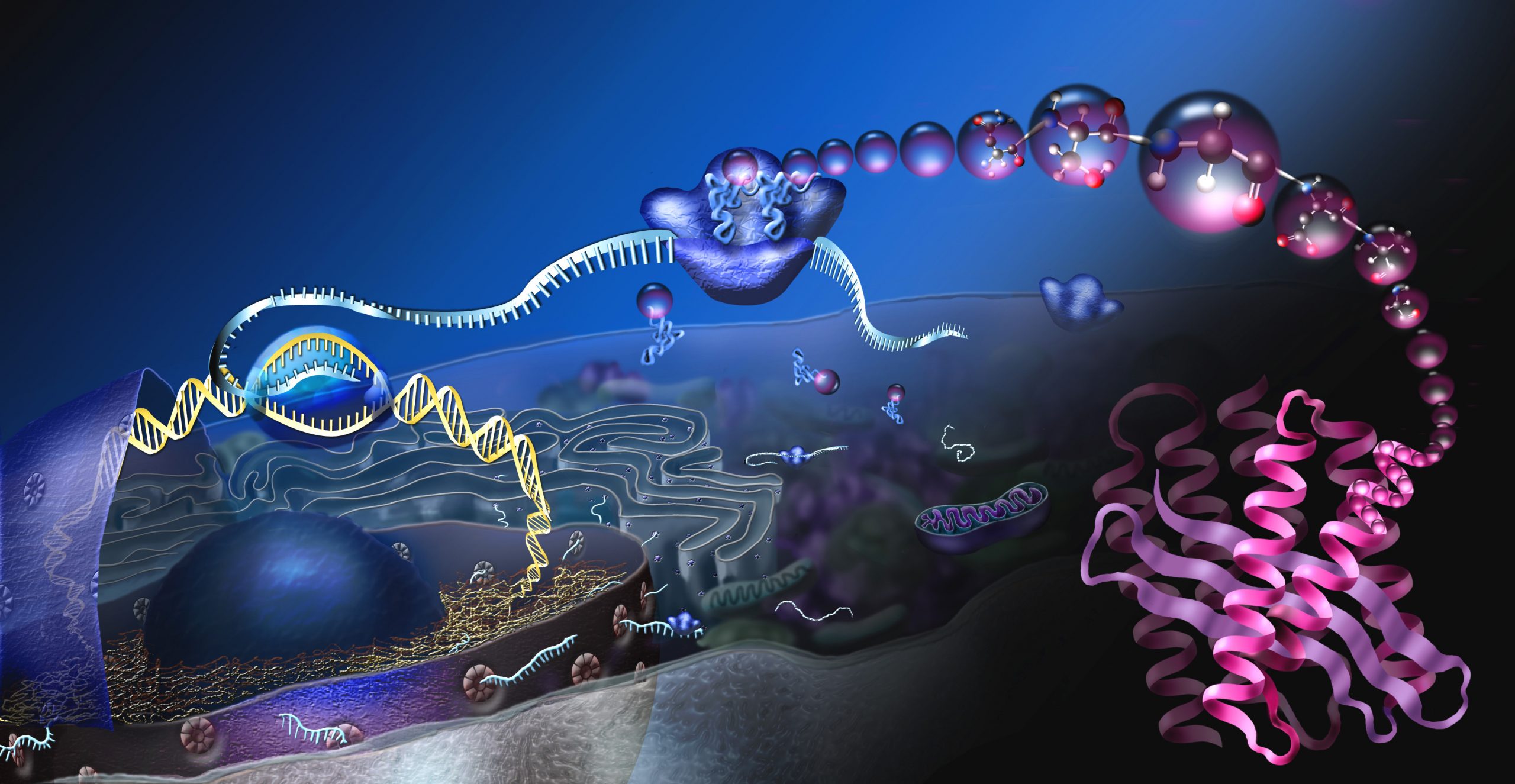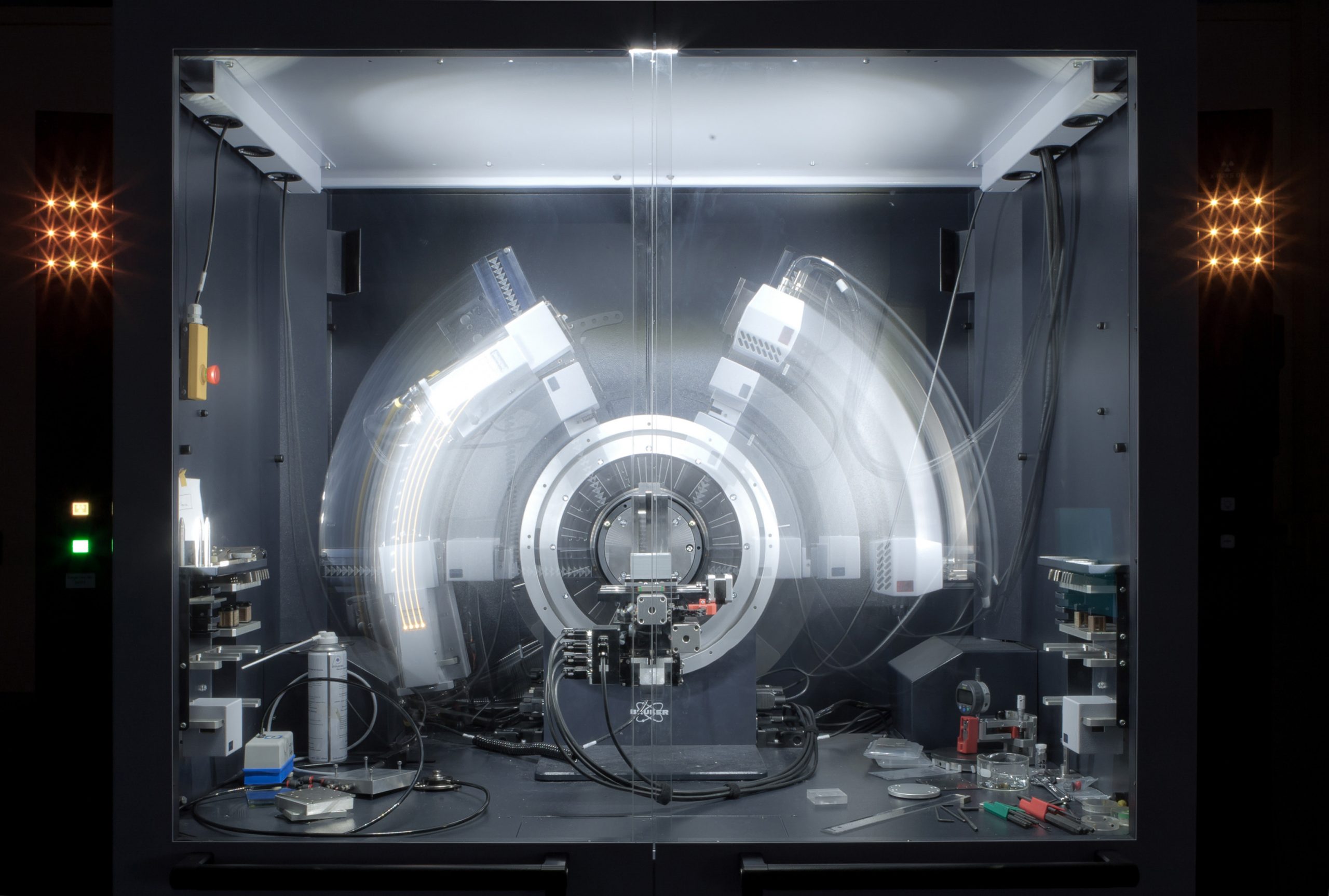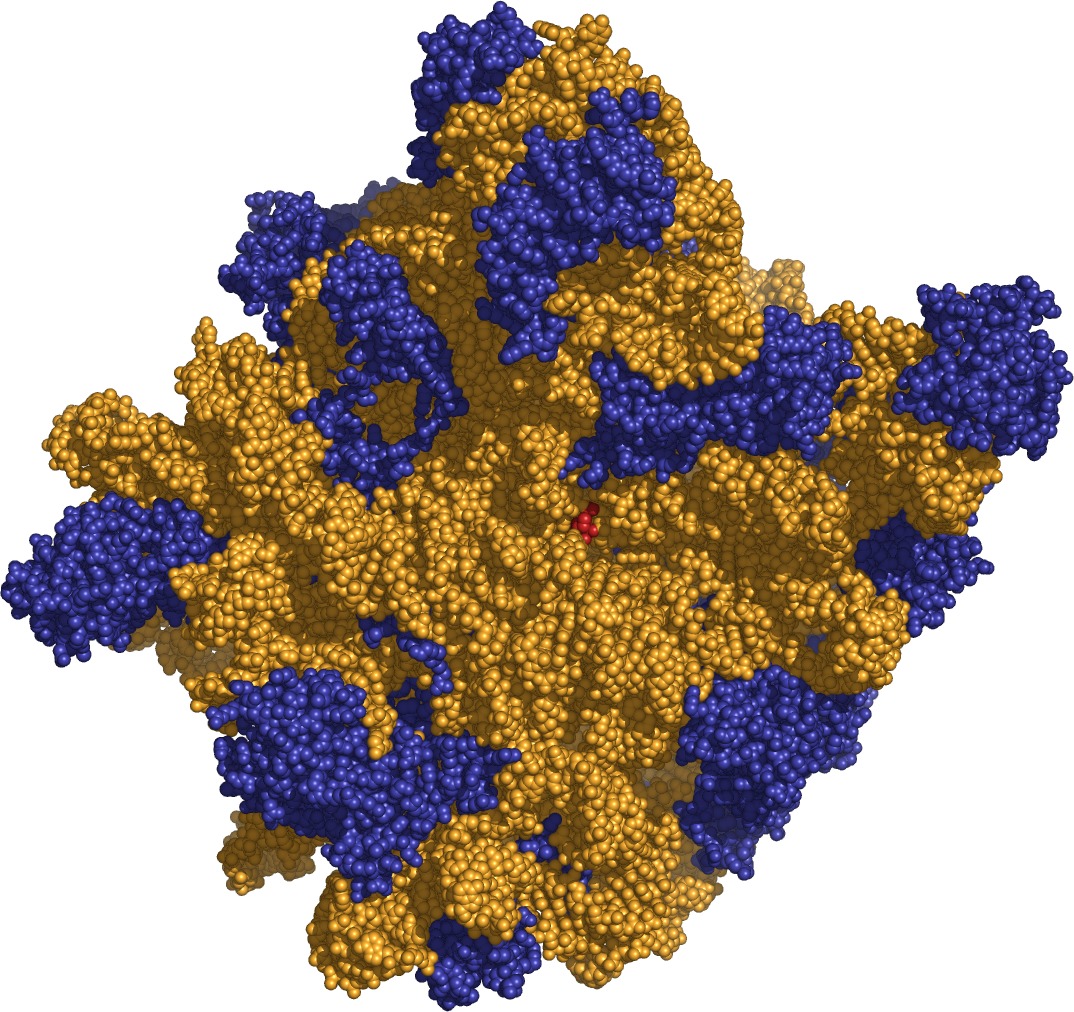1939
Born on June 22, in Palestine
1959-1962
Studied Chemistry at the Hebrew University in Jerusalem
1962
Received a degree in Biochemistry from the Hebrew University in Jerusalem
1964-1968
Attended a Ph.D. program researching X-ray Crystallography in the Weizmann Institute
1968-1978
Worked on protein research in Israel for ten years
1979-1984
Genetic research group leader of the Max Planck Institute in Berlin
2009
Won the Nobel Prize in Chemistry with two other researchers for their results in the field of ribosome research.
She was the first female Nobel prize winner from the Middle East?
She was the first who recognized the functions of the subunits of the ribosome. Thomas Steitz and Venkatraman Ramakrishnan appreciated her research, and in 2009, the three of them won the Nobel Prize in Chemistry for their results in the field of ribosome research. The three-dimensional model created by the scientist trio shows how different antibiotics attach to the ribosome, so today, these models are used by researchers during the development of new antibiotics.
Mankind can thank her for the radical understanding of the structure and function of ribosomes?
Ada E. Yonath’s main research field is the understanding of the molecular compartment inside cells, that is of the compound molecular complex which we call the ribosome. Inside the cells, ribosomes are responsible for the cell carrying out the compilation and synthesis of proteins necessary for its function. These ribosomes can be considered the “protein factories” of the cells because the enzymes, scaffold proteins, oxygen transporting hemoglobin, immune system antibodies, certain hormones, and thousands of other proteins with different structures and functions which make up and operate living beings are created there. The merit of Yonath’s work is that the work group led by her two decades ago initiated the crystallization of ribosomes, that is they made their structure and function visible on the atomic level.
She played an important role in the development of antibiotics?
She examined the ribosomes in different bacteria. She fully crystallized the structure of the bacteria. The antibiotics attack ribosomes in the different bacteria and block their function, deactivating the pathogenic bacteria along with it. The 3D ribosomal structure allowed for the reconstruction of how protein synthesis actually happens, which opened new perspectives in antibiotic research and medical biological discoveries.
She also gave presentations at the University of Szeged and Budapest?
The title of her presentation given on the Nobel term of the Szent-Györgyi conference at the University of Szeged was “Fight against antibiotic resistance”. In May 2007, at a conference in Budapest, she gave a self-critical presentation, drawing up her doubts, what she knew and thought about her own research. She disputed the existence of unstructured proteins because she assumed that in certain circumstances, every protein can be crystallized, and we don’t see them only because we can’t find the proper circumstances to make them visible. That means she disputes that the unstructured proteins functionally exist.
X-ray crystallography
The ribosomes can be found equally in the so-called prokaryotes, that is beings without nuclei, for example bacteria, and in the eukaryotes, that is beings containing “cells with well-defined nuclei,” that means for example in the oak tree, the cat, and the human. Moreover, the function of the ribosomes which can be found in those two types of living being is by and large the same, and the makeup is also similar because they have two subunits. But the size and function of these subunits differ considerably. The merit of the work of Yonath and her partners is the crystallization of bacteria, that is prokaryote ribosomes, and the following very detailed structural examination of it in different species of bacteria. The experiences through the discovery of prokaryote ribosomes are transferable to the function of the eukaryote ribosomes, too. This way, the researchers can get a detailed picture of the mechanism of protein synthesis broken down on the atomic level.
Electron microscope crystallography
The experiences through the discovery of prokaryote ribosomes are transferable to the function of the eukaryote ribosomes, too. This way, the researchers can get a detailed picture of the mechanism of protein synthesis broken down on the atomic level. The medical biological importance of this is that a significant number of antibiotics used in medicine kill the bacteria in a way that obstructs the function of the bacteria’s ribosomes. As the product of the work of Yonath and her group, the researchers also know more and more about what the exact point of attack inside the ribosome is for the antibiotics working through different bacterial protein syntheses. Based on this, they can modify the old antibiotics. Namely, by changing a few molecules of the antibiotic, it can be used in medicine with a greatly improved effect. Meanwhile, about the developing antibiotic resistance – the structural changes and mutations of bacterial strains becoming resistant – more and more information is available for researchers, too. This way, the development of new antibiotics is possible.
The crystallization of ribosomes
Ada E. Yonath’s main research field is understanding molecular compartment inside cells, that is of the compound molecular complex which we call the ribosome. Inside the cells, ribosomes are responsible for the cell carrying out the compilation and synthesis of proteins necessary for its function. These ribosomes can be considered the “protein factories” of the cells. The merit of Yonath’s work is that the work group led by her two decades ago initiated the crystallization of ribosomes, that is they made their structure and function visible on the atomic level. She brings attention to the importance of the research by indicating that the experiences through the discovery of prokaryote ribosomes are transferable to the function of the eukaryote ribosomes, too. This way, the researchers can get a detailed picture of the mechanism of protein synthesis broken down on the atomic level.
1939.6.22 – 0



